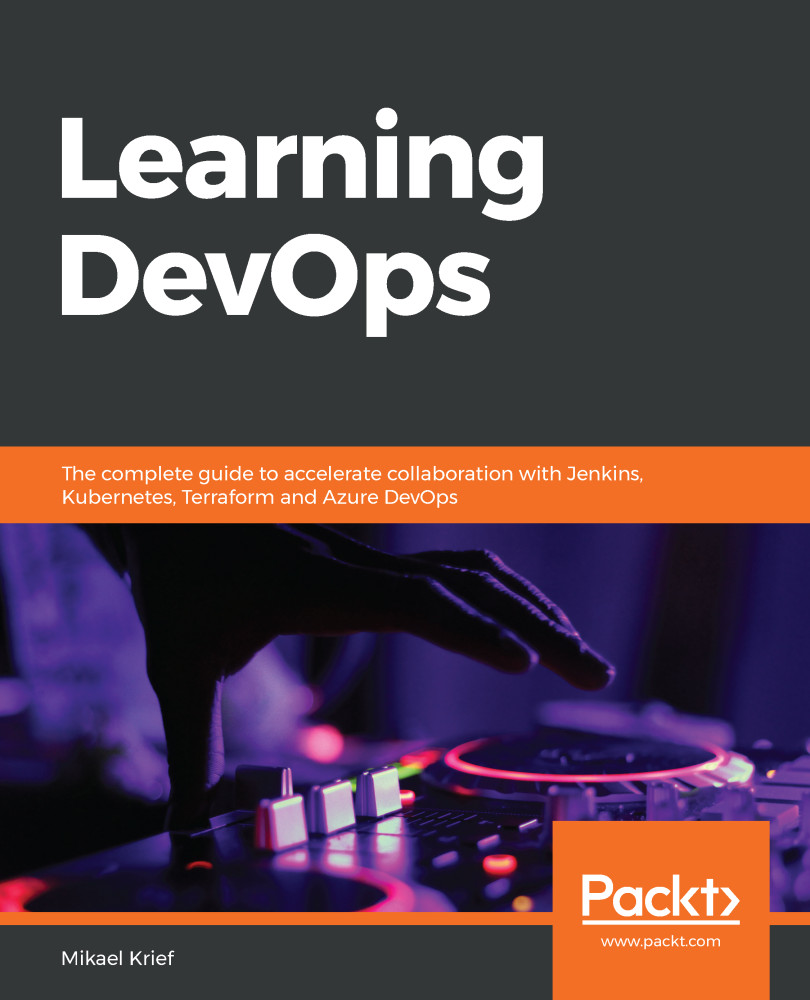As previously discussed, all the actions that we carry out on the Kubernetes cluster are done via the kubectl tool and the YAML specification files.
In a company that deploys several microservice applications on a K8S cluster, we often notice a large number of these YAML specification files, and this poses a maintenance problem. In order to solve this maintenance problem, we can use HELM, which is the package manager for Kubernetes.
For more information on package managers, you can also read the Using a package manager section in Chapter 6, Continuous Integration and Continuous Delivery.
HELM is, therefore, a repository that will allow the sharing of packages called charts, and that contain ready-to-use Kubernetes specification file templates.
To learn more about HELM and to access its documentation, visit https://helm.sh/.
So, we'll see how...


